Whether you mash them into banana bread, slice them onto pancakes or eat them straight from the skin, bananas are a breakfast and snack staple across France and beyond. Here’s your ultimate Guide to Bananas, packed with helpful tips, health facts and kitchen hacks.

Where are Bananas Grown - and Where in France?
Bananas are originally from Southeast Asia but are now grown in tropical regions around the world. In France, many of the bananas we enjoy come from French overseas territories like Guadeloupe and Martinique. These locally grown bananas are often labelled “Origine France” or Label Rouge, ensuring high quality.
For bananas imported from further afield, look for Fair Trade or organic labels ('bio' in France) to support more ethical and sustainable farming practices - better for the environment and for growers.
Types of Banana
- Cavendish - the most popular banana variety found in supermarkets.
- Baby Bananas (Nino or Lady Fingers) - smaller and sweeter than Cavendish.
- Manzano (Apple Bananas) are small, chubby and sweet.
- Red Bananas - shorter, plumper with red-purple skin and creamy. High in vitamin C and beta-carotene.
- Plantains (bananes plantains) - large, starchy and never eaten raw. Cooked like a vegetable: fried, baked or boiled.
Health Benefits of Eating Bananas
The following benefits are thanks to further reading from Le Meilleur Façon de Manger Végétal (best way to eat Vegan) by Dr Badariotti and Léa Lebrun, dietician.
Ripe bananas are rich in:
- Potassium, which helps regulate blood pressure and support heart health.
For one portion, bananas have 480mg, the highest amount of potassium, followed by apricots (390mg) and figs (345mg). - Magnesium, important for muscles, nerve function and helps reduce stress.
At 42mg per portion, followed by figs (33mg) and oranges (22.5mg). - Vitamin B6, which supports brain function and helps convert food into energy.
- Fibre, especially pectin, which supports gut health and helps you feel fuller for longer - so supports weight loss.
- Contains about 1.3 grams of protein.
- Improve your mood! Contains tryptophan, which converts into serotonin, which can make you more relaxed and happy.
So, eat them at breakfast, as a healthy snack and great for a workout.

5 Bonus Facts about Bananas
- Botanically it's a berry as, unlike a strawberry with seeds outside, a berry must contain seeds inside.
- Banana's latin name, 'musa sapientum' means fruit of the wise men.
- Bananas ripen faster in a bunch - so separate them to slow it down.
- Bananas (and apples) release ethylene, a natural gas (plant hormone) that helps fruit ripen. So ripen avocados or pears faster by placing them together in a bag, although this doesn't work below 5°C, so do it out of the fridge.
- Overripe bananas freeze well (peeled, chopped) for smoothies or banana bread.
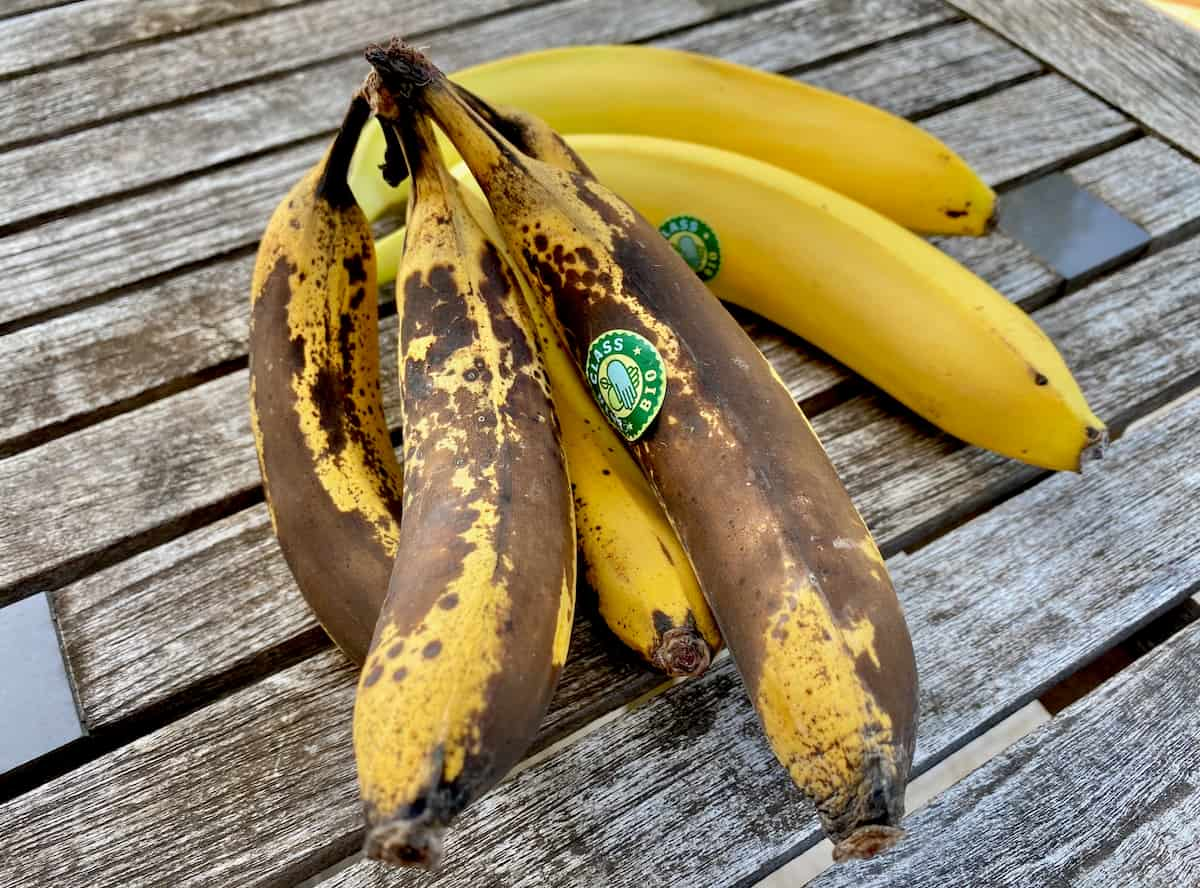
Is a Brown Banana Good for You?
Brown or speckled bananas are good for you - so don't throw yours away! However, the riper and heavier speckled they are, the less vitamins are stored, but they contain more antioxidants and are easier to digest.
This means this can strengthen our immune system, increasing the white cell count, enabling our body to fight off infections. Heavily speckled, brown bananas are best for baking due to their highest sugar content and softer texture.
See banana breads and muffins below.
Can Bananas Cause Constipation?
It depends on the ripeness!
- Unripe (green) bananas can bloat, as they're higher in starch and lower in soluble fibre. This may lead to constipation in some people and best to avoid for babies.
- Ripe bananas, on the other hand, are easier to digest and contain more soluble fibre, which can actually help promote regularity.
Tip: if constipation is an issue, pair ripe bananas with plenty of water and fibre-rich foods like oats, flaxseeds or whole grains.

How to Get Rid of Fruit Flies
Ripe bananas attract fruit flies, especially in warm weather. I've tested many hacks but placing corks next to them doesn't work. Instead try these better tips:
- Store bananas in the fridge once ripe. The peel may darken, but it stays fresh.
- Keep them away from other ripening fruits.
- Trap fruit flies using a small dish of apple cider vinegar with a few drops of washing-up liquid. It works well. So does flying around with a kitchen towel!

Recipes for Ripe and Overripe Bananas
In France, bananas are often sliced over fromage blanc with honey or folded into chocolate crêpes for an easy treat.
For ripe and firm bananas, try this banoffee pie
For ripe and overripe bananas, they're great in the following banana bread or muffins - again, all low in sugar.
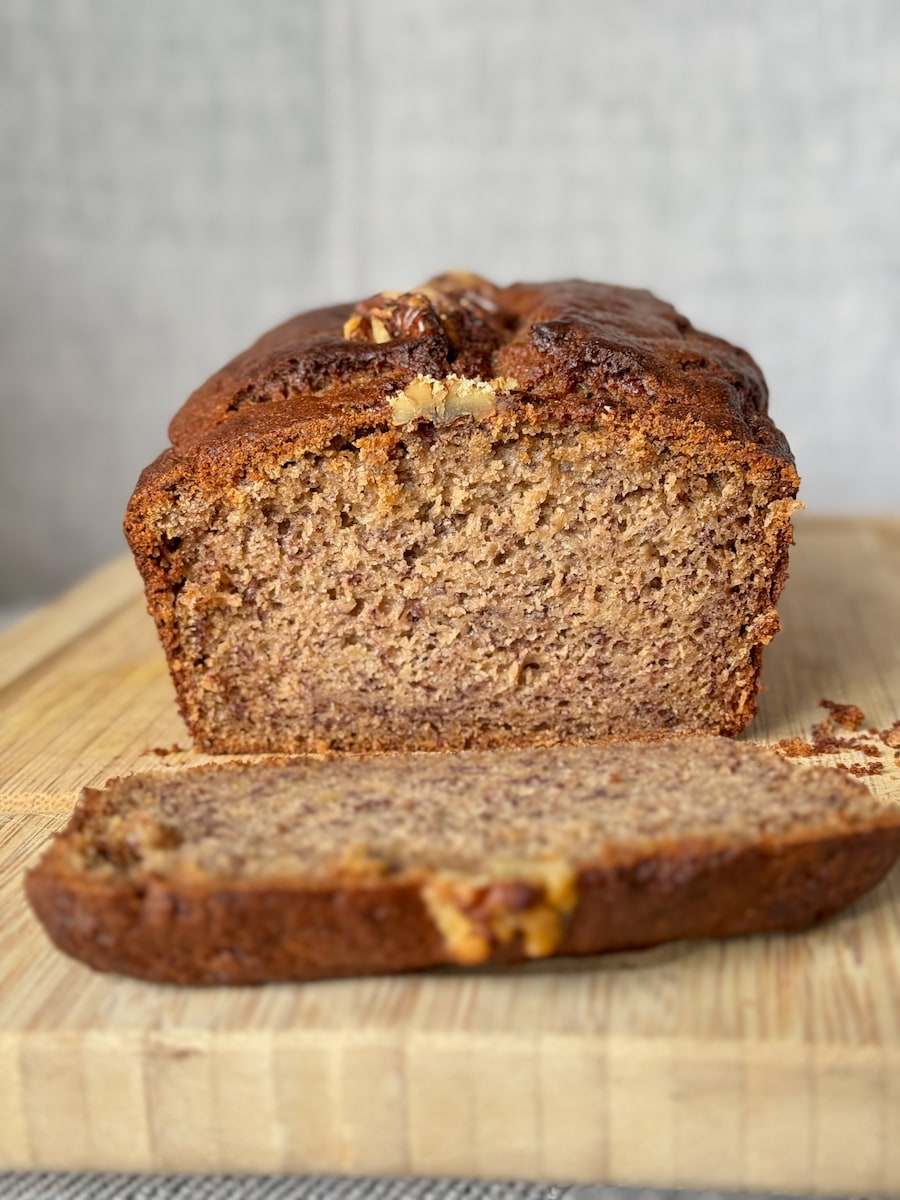
Banana Coffee Cake - extra large and moist, reduced in sugar and a delicious rustic flavour with a touch of buckwheat or flour.
Healthy Banana Oat Muffins - delicious low-sugar muffins made extra moist and sweetened naturally with raisins or dates as well as bananas!
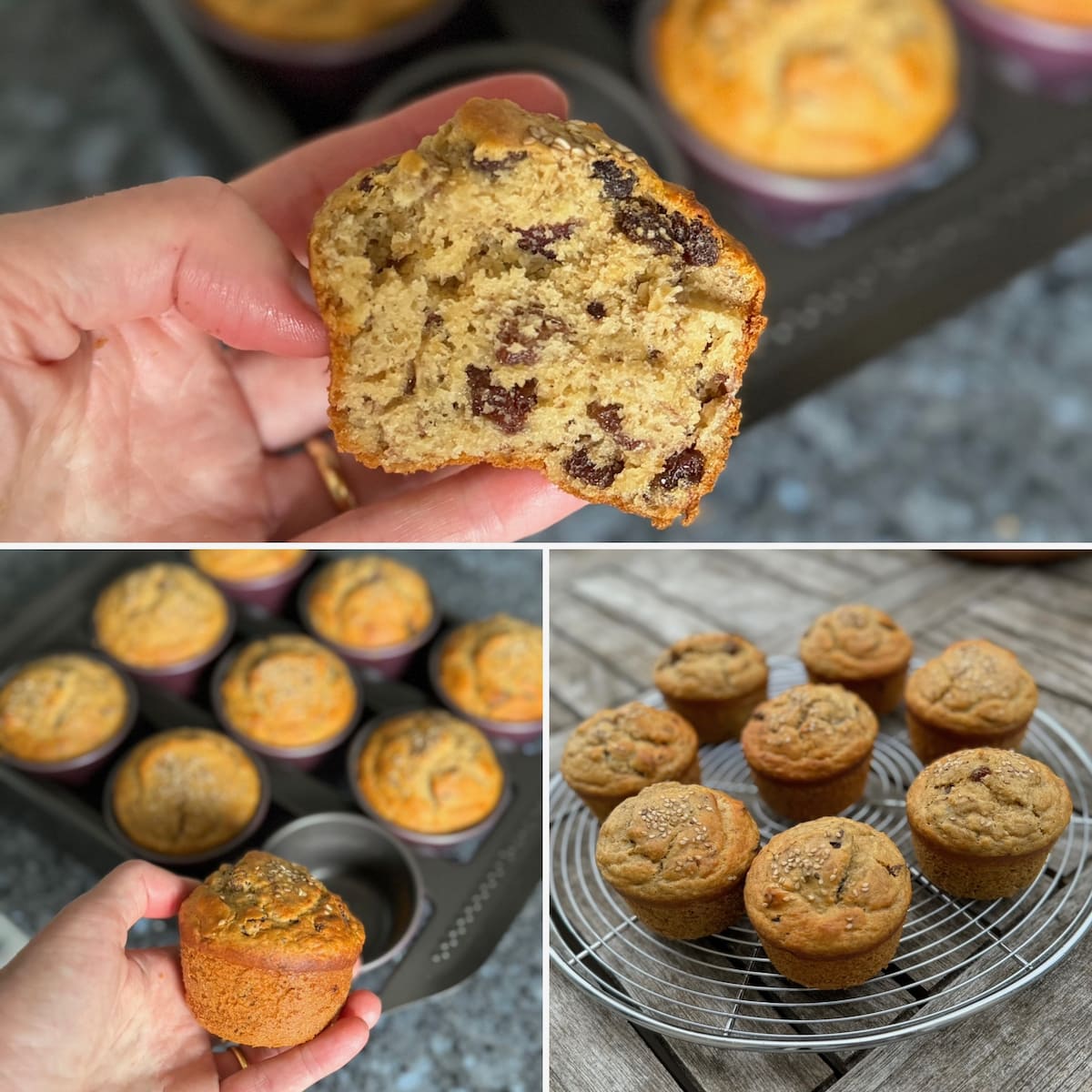
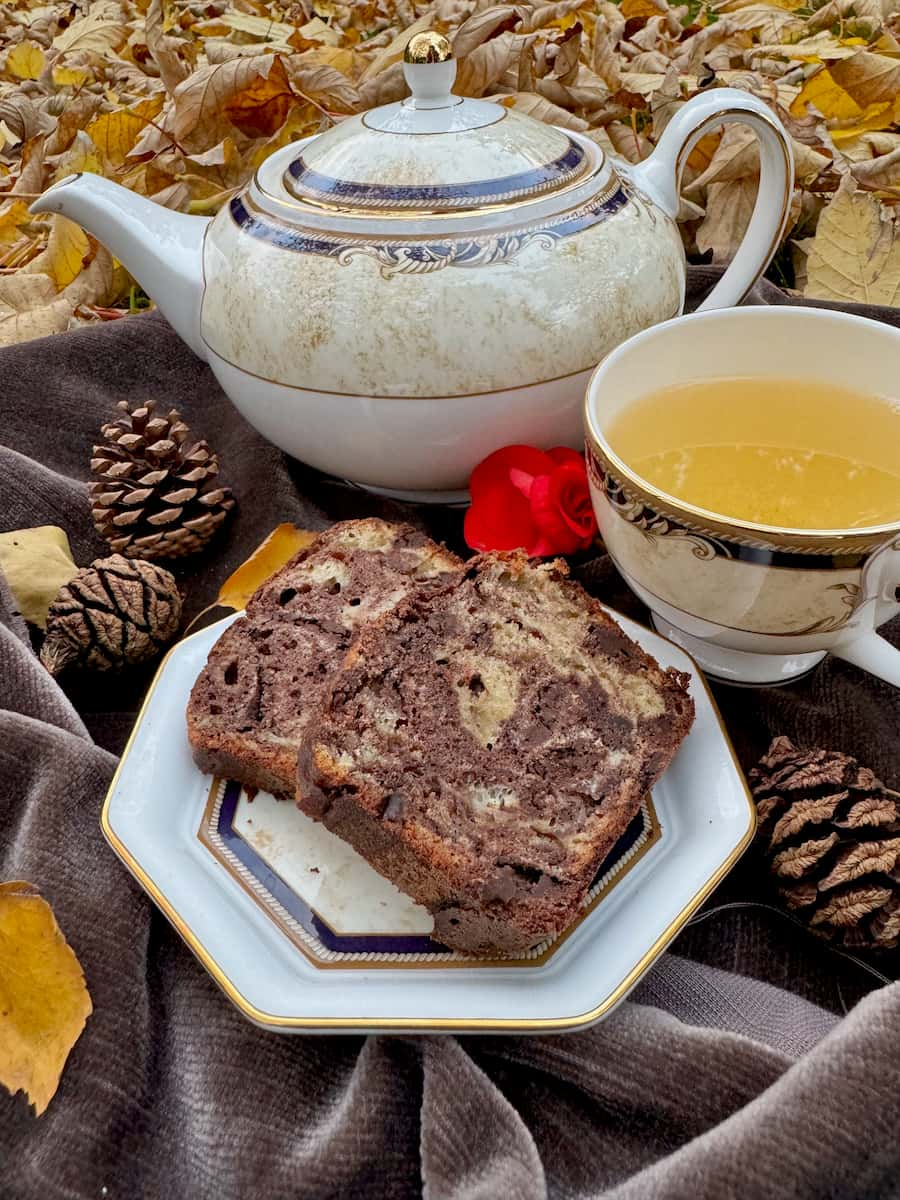
Chocolate Marble Cake with Banana - my eldest daughter swears by this recipe. Ever since her student days, this is her go-to chocolate-banana cake. Give it a swirl!
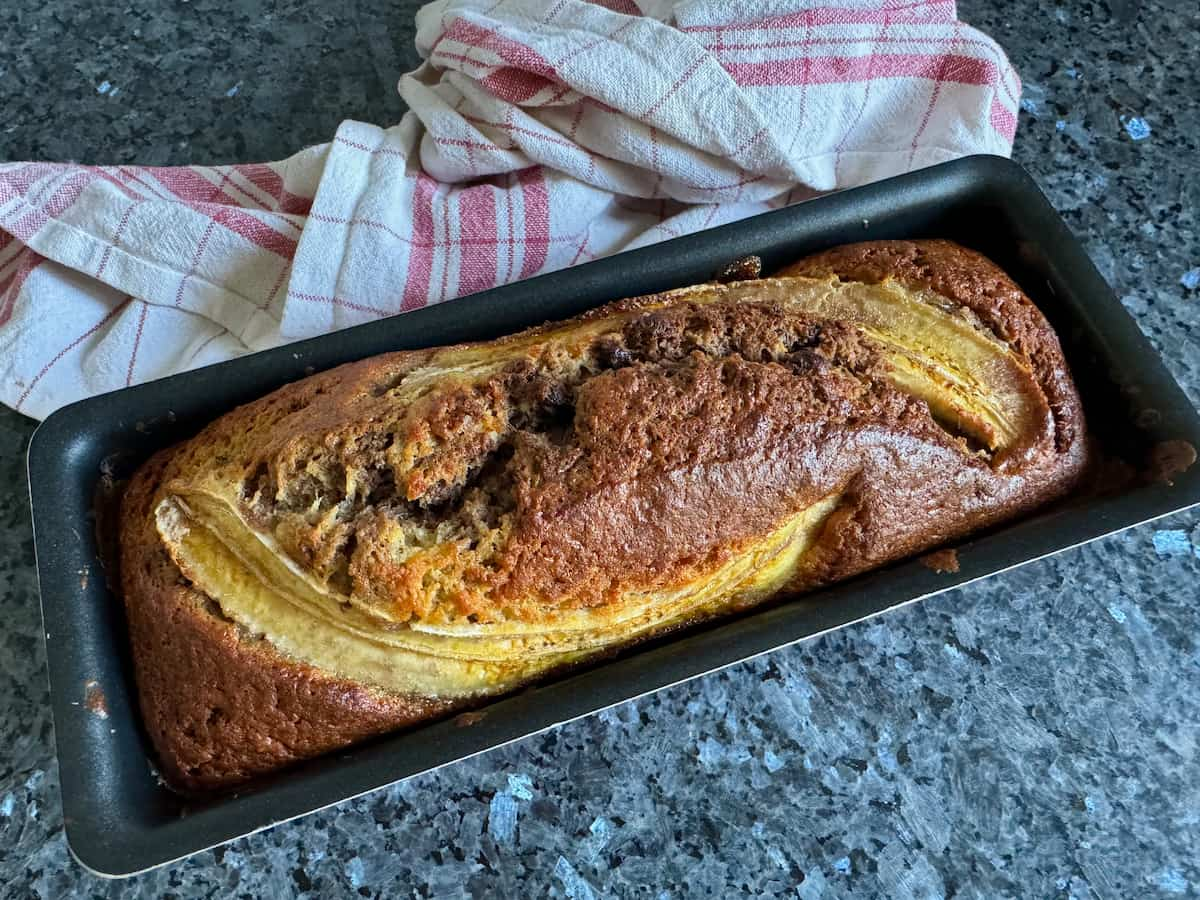
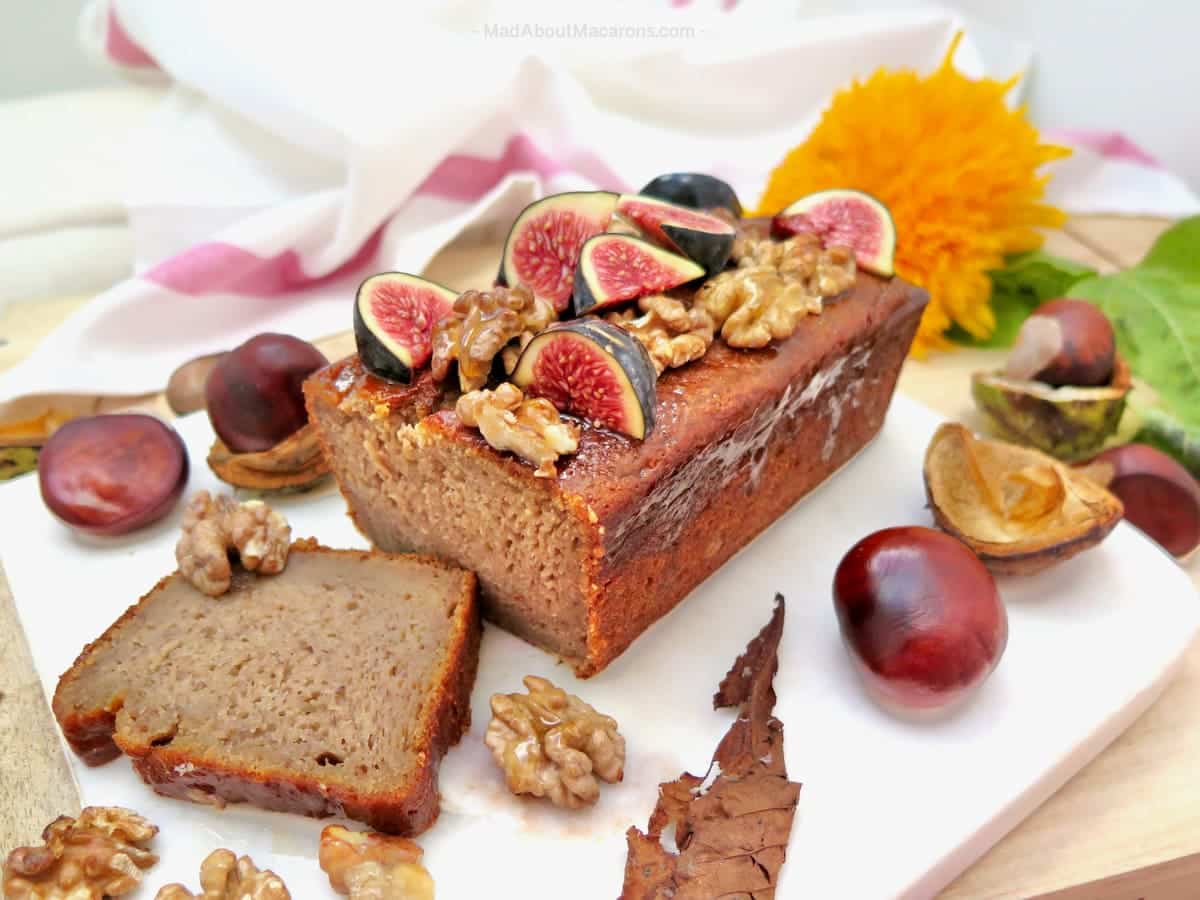
Banana Nut Bread - as you can see, it's extremely moist. Delicious made with optional chestnut flour, with a nod to Corsica, my husband's island where chestnuts are popular.

Looking to increase your Magnesium? Then make a mix of magnesium-rich foods: dark chocolate, chia seeds, bananas, and add a dollop of Greek yoghurt to this chocolate chia pudding.
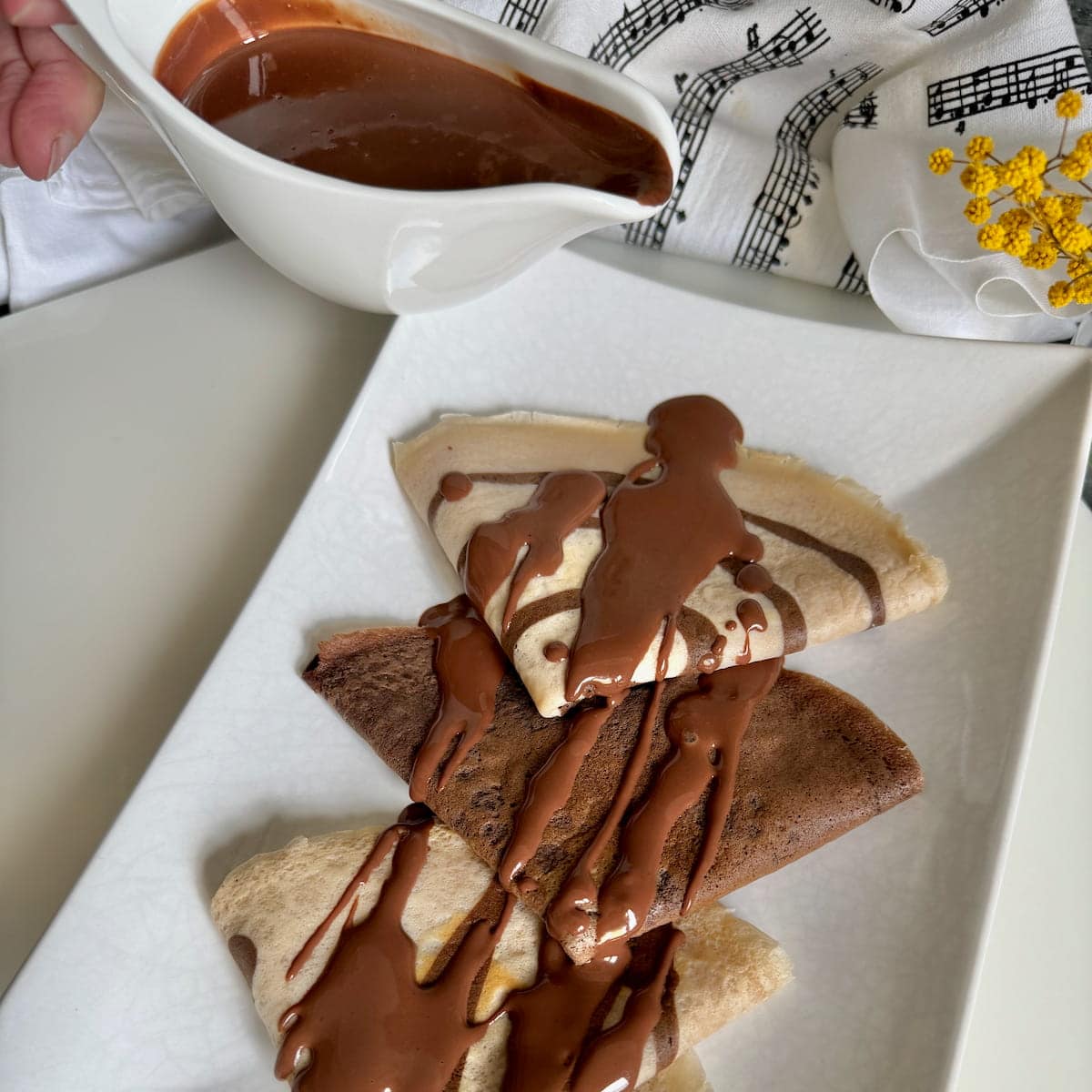
Don't forget to add them to these French pancakes (crêpes) and dribble over some chocolate sauce!

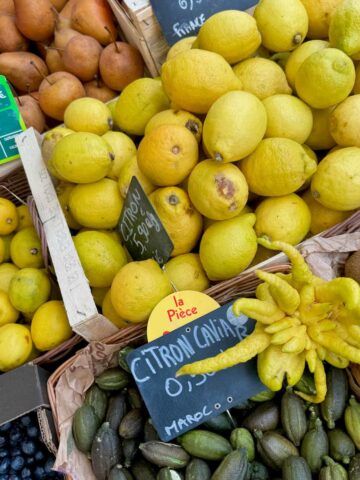

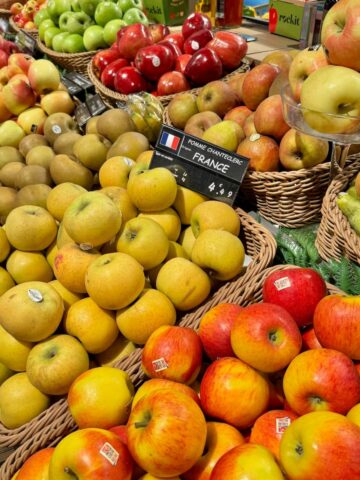
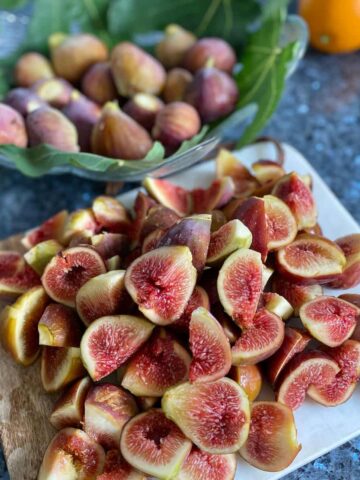

Please leave a comment